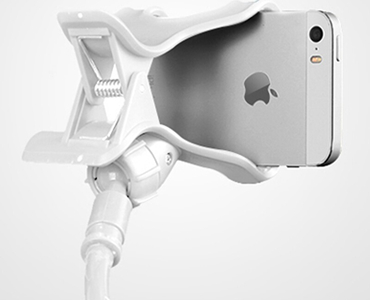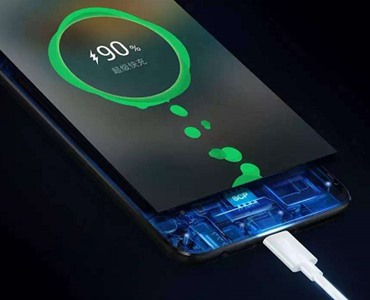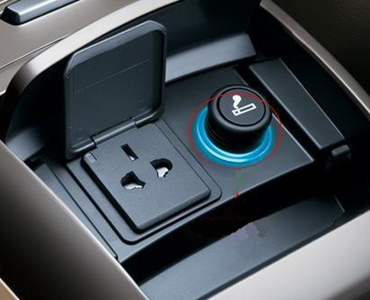683 views Yuda Electronic (HK) Technology Co.,Limited. 2019-05-20
The electronic products we use today are often powered by lithium batteries, which are the same as those powered by lithium batteries for mobile phones or tablets. Understanding the lithium battery capacity may be necessary to design a lithium battery, including designing a battery charger.
Nowadays, many people who pay attention to the discharge of lithium batteries have the experience that when the lithium battery is discharged from the full voltage of 4.2V to 3.7V, the time is very long, but once it passes 3.7V, the discharge is very fast.
Let me talk about the discharge platform of the battery, which means that the voltage of the battery changes when the fully charged lithium battery is discharged.

The battery has a constant current discharge, and the battery voltage has to go through three processes, falling, stabilizing, and then falling. In these three processes, the stable period is the longest. The longer the stabilization time, the higher the discharge platform of the battery. The level of the discharge platform is closely related to battery manufacturing technology. It is because the market positioning of each lithium battery manufacturer is different, the technical process is different, the discharge platform controlled by it is different, and the quality is very different.
For example, the iPhone battery has a full voltage of 4.2V. When it is discharged to 3.7V with a current of 1C and put it for 60 minutes, then we say that the battery capacity is 2200mAh. During this time, according to the characteristics of the rechargeable battery, an example is made. Can better understand the relationship between battery capacity and voltage and current time and discharge platform:
Capacity (C) = discharge current × battery discharge platform time
For an iPhone battery with a capacity of 2200 mAh, 1C discharges to 3.7V for 1 hour.
Capacity (C) = 2200 mA × 1 hour = 2200 mAh
For a better lithium battery, the voltage will drop very quickly after 3.7V when we do the product test, so the amount of power discharged in a short time is very small.
Conversely, when a poor quality battery is discharged from 4.2V to 3.7V, the voltage drops very quickly, and after 3.7V, the voltage drops very slowly. This battery is generally inferior in performance and has a very low general capacity. The discharge platform of a good lithium battery is 3.7V.
What is the discharge rate?
Discharge rate F: [1/hour], meaning “N hour charge (discharge) rate, often only say “number”, not the unit; F is also called “N hour charge (discharge) rate”, F =1/(N hours), generally can be calculated as follows: I=0.1 X [1/(N hours)] XC
For example, when the battery capacity is 2200mAh, it is charged at a current of 0.1C, which is equivalent to: The charging current of the battery I=0.1[1/hour]X2200[mAh]=220[mA]
At present, there are generally two methods for monitoring the power of a rechargeable battery.

Method of measuring battery voltage. When the charger detects the battery voltage while charging, it is considered full when the voltage reaches the specified voltage value. If the voltage of the lithium battery is charged to 4.2V, it is considered full. The accuracy of the voltmeter for detecting voltage must not exceed 1%. The lithium battery may be damaged due to overcharging.
There are many disadvantages to measuring battery voltage. For example, for batteries produced by different manufacturers, the relationship between open circuit voltage and capacity is different. The advantage is that the design cost is relatively low.
Another common method of monitoring the remaining capacity is to estimate the remaining battery capacity in some places where more accurate battery capacity is required. Estimate the battery life by estimating the remaining battery capacity by measuring the net charge flowing into/out of the battery. The total current flowing into/out of the battery is integrated, and the obtained net charge is the remaining capacity.
This method of calculating the battery capacity is currently considered to be a more accurate method of calculating the battery power. Of course, the design cost is also relatively high.

Cell phone accessories wholesale business can get high profits. But the market is fierce. Big bra...

Does fast charging reduce phone battery life? In order to allow everyone to understand this matt...

How to install the car charger: 1. Insert the USB power adapter into the car cigarette lig...